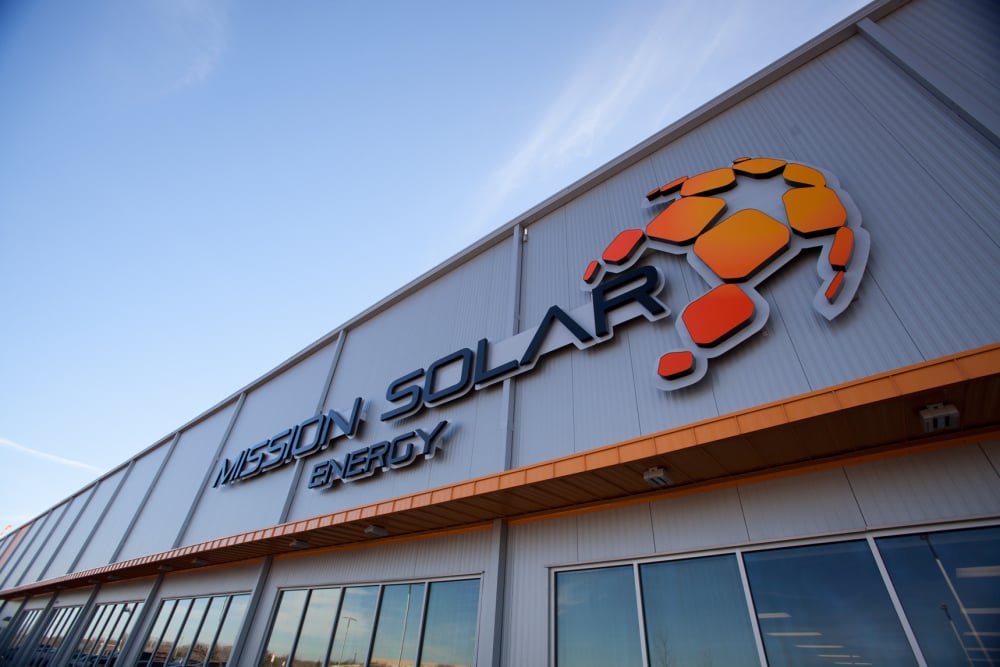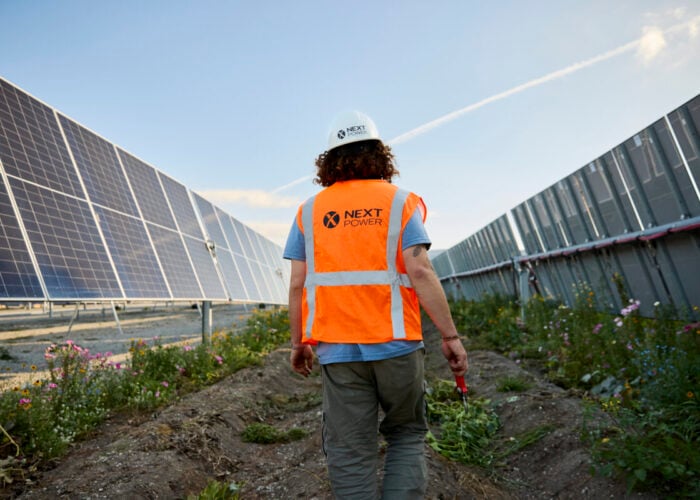
Korean chemical industries company OCI Holdings will build a 2GW solar cell production facility in Texas.
Through its US subsidiary, Mission Solar Energy, the Korean company will invest US$265 million in the construction of the plant.
Try Premium for just $1
- Full premium access for the first month at only $1
- Converts to an annual rate after 30 days unless cancelled
- Cancel anytime during the trial period
Premium Benefits
- Expert industry analysis and interviews
- Digital access to PV Tech Power journal
- Exclusive event discounts
Or get the full Premium subscription right away
Or continue reading this article for free
Commercial production for the initial 1GW nameplate capacity is expected to begin in the first half of 2026, with a gradual increase to reach 2GW of annual nameplate capacity during the second half of 2026.
OCI said the re-election of Donald Trump has “accelerated US tariff policies against China and has increased market uncertainties”, which directly led the company to establish the solar cell plant and “strengthen its competitiveness” in the US market. US solar cell capacity is vastly behind module production levels, which leaves a broad market open for domestic producers.
The company also highlighted the tax credits – under the Inflation Reduction Act – it would receive from the construction of the solar cell manufacturing plant.
According to OCI, the US solar cell manufacturing project will enable it to establish a clean solar supply chain using non-Chinese polysilicon from another of its subsidiaries, OCI TerraSus (formerly known as OCIM).
Lee Woo-hyun, chairman of OCI Holdings, said: “The establishment of this new solar cell subsidiary marks the start of US-produced solar cells made with OCI TerraSus’ polysilicon within a clean supply chain. This cost-efficient and expedited project will be the foundation for further strengthening our solar value chain in the US.”
The company did not state where the ingots and wafers would be produced.
These solar cell capacity plans would outpace Mission Solar’s annual nameplate capacity of PV modules which sits at 500MW, according to OCI Holding’s website information. It was unveiled in 2022 that Mission Solar would ramp up its module assembly manufacturing capacity to 1GW.
This excess solar cell production capacity would allow the company to provide domestic-made solar cells to module manufacturers given the ongoing disparity between operational solar cells and modules in the US.
The US recently surpassed 50GW of annual module manufacturing nameplate capacity, with more than 40GW either under construction or planned, while only 2GW of solar cells are currently operational. To make things worse, the combined capacity for solar cells either operational, under construction or planned barely outpaces the module capacity which is already operational, as shown in the chart below.
PV Tech publisher Solar Media will be organising the fourth edition of Large Scale Solar USA in Dallas, Texas 29-30 April. After a record year for solar PV additions in the US, the event will dive into the ongoing uncertainties on tariffs, tax credits and trade policies as more domestic manufacturing becomes operational. Other challenges, such as the interconnection queues and permitting, will also be covered in Dallas. More information, including how to attend, can be read here.






